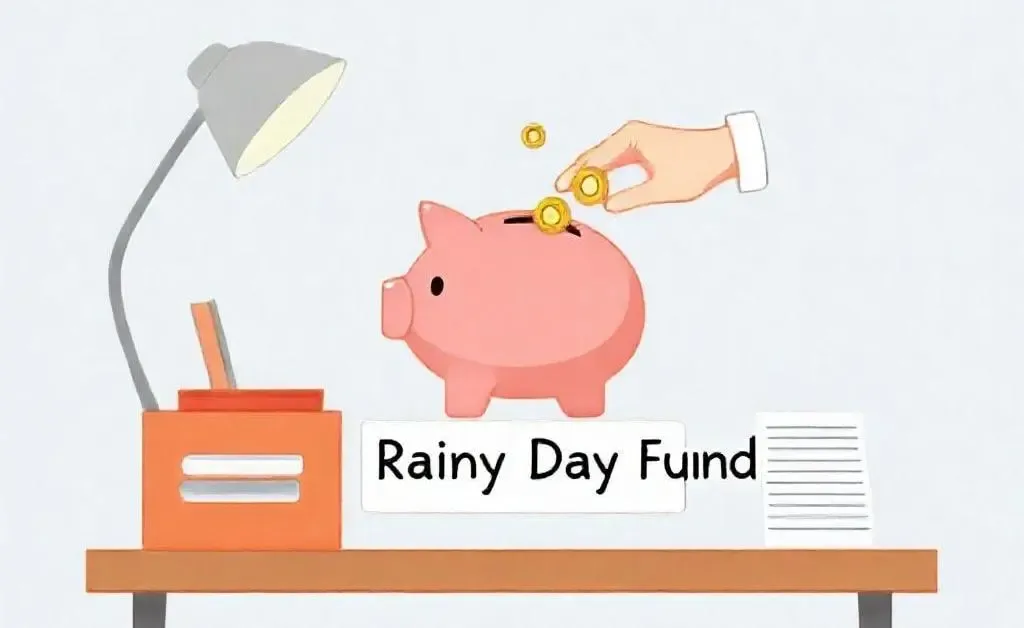How to Start and Maintain a Rainy Day Fund: A Practical Guide
Discover the simple steps to creating a rainy day fund and why it matters for life's unexpected moments.

Have you ever found yourself caught off guard by an unexpected expense, like a car repair or a surprise medical bill? If so, you're not alone. Building a rainy day fund can be a lifesaver when those unforeseen costs come knocking on your door.
Understanding the Importance of a Rainy Day Fund
Think of a rainy day fund as your financial safety net. It's there to catch you when life decides to throw a curveball. Having a dedicated savings can mean the difference between feeling stressed or secure. And let's be honest—most of us prefer not to be caught in a financial storm without an umbrella!
Easy Steps to Starting Your Rainy Day Fund
Starting a rainy day fund doesn't have to be daunting. Here are some simple steps to get you started:
- Set a realistic goal: Decide how much you want to save. A common goal is three to six months' worth of living expenses.
- Open a separate account: Consider setting up a dedicated savings account to avoid the temptation of spending.
- Automate your savings: Schedule regular transfers to your fund. Small, consistent contributions add up over time.
Remember, every little bit counts. Even a small contribution can make a big difference in an emergency.

The Emotional Side of Saving
Saving money isn't just about numbers; it's also about peace of mind. Imagine the comfort of knowing that you have a buffer against the unexpected.

One of my friends, let's call her Sarah, once started saving just $5 a week. Within a year, she'd accumulated a tidy sum, which came in handy when her laptop suddenly broke down. Sarah's story is a reminder—small steps truly matter.
Maintaining Your Fund Over Time
Once you have your fund established, it's essential to keep the momentum going:
- Review your fund regularly: Life changes, and so do expenses. Make sure your fund size matches your current needs.
- Celebrate your milestones: Reaching savings benchmarks can be a cause for celebration. Treat yourself (but not too much!)
- Don't dip unnecessarily: Reserve withdrawals for true emergencies to keep your fund growing.

In conclusion, a rainy day fund is more than just a savings account; it's a foundation for financial stability and peace of mind. Have you started your rainy day fund yet? What challenges have you faced in building yours? I'd love to hear your stories and insights in the comments below.




